When considering a move or a visit to a new city, understanding the safety rating is crucial. Tucson, Arizona, a city known for its vibrant culture, picturesque landscapes, and sunny weather, often piques the interest of many. But how safe is Tucson? This article aims to delve into the Tucson Arizona safety rating, providing you with an insightful look into the city’s safety dynamics. We’ll explore crime rates, community efforts, and offer practical safety tips.
Before diving deep, it’s important to note that safety in any city can be subjective and influenced by various factors, including specific neighborhoods, time of day, and overall community involvement. Tucson, with its population of over half a million, has diverse areas with varying safety profiles. Knowing which areas are safer can help residents and visitors make informed decisions.
Whether you are planning to move to Tucson or just visiting, understanding the safety aspects can enhance your experience. So, let’s explore the safety rating of Tucson, Arizona, and discover what makes this city a unique and potentially safe place to live and visit.
Visit our website to learn more and get started today! Click here.
Understanding Tucson Crime Rates
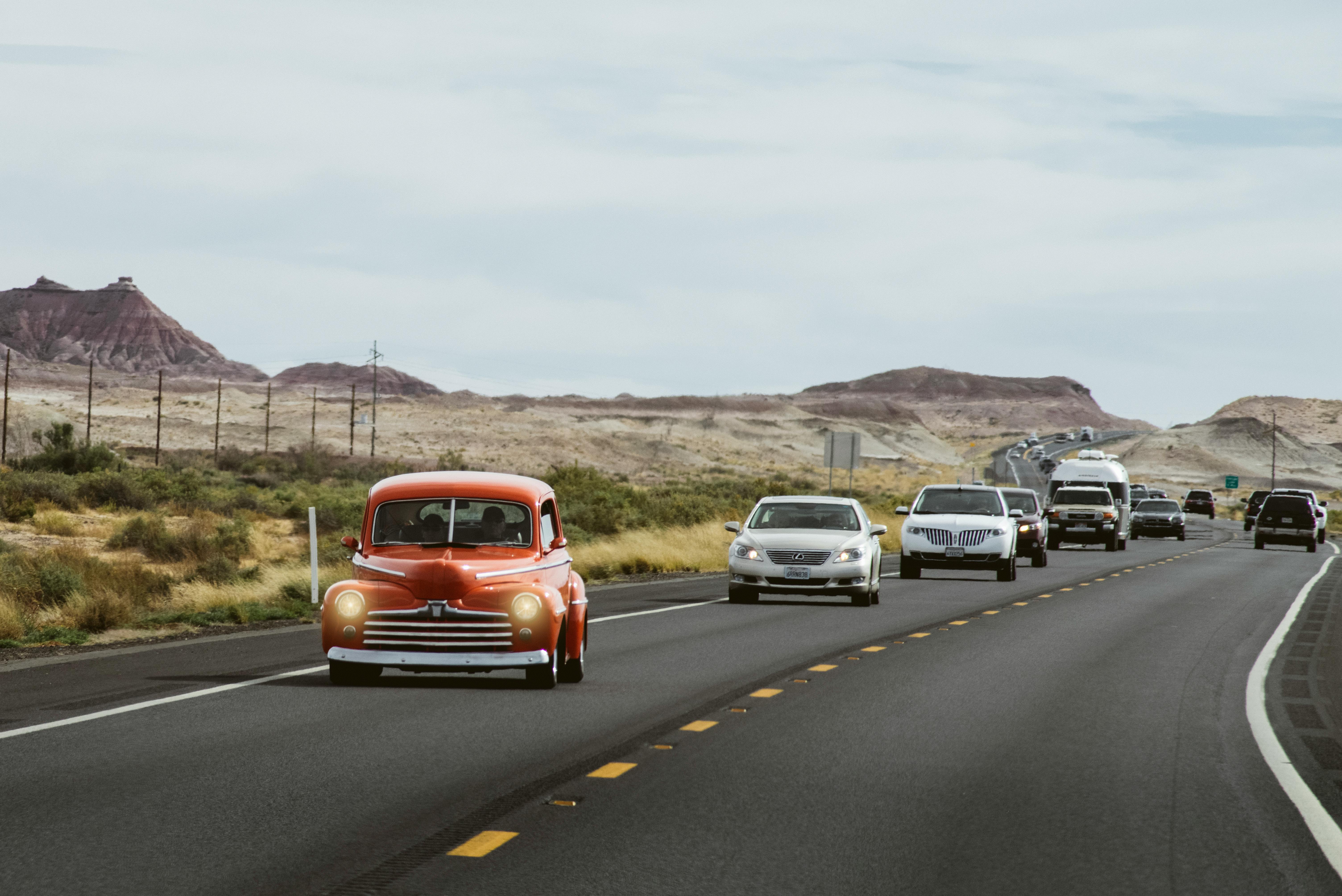
To grasp the Tucson Arizona safety rating, it’s essential to understand the city’s crime rates. Crime statistics provide a snapshot of the safety landscape, helping residents and visitors make informed decisions. Tucson, like many urban areas, has its share of crime, but the context and details are important.
According to recent data from the FBI Uniform Crime Reporting (UCR) Program, Tucson’s crime rates are slightly higher than the national average. The city experiences a mix of property crimes and violent crimes. Property crimes, which include burglary, theft, and motor vehicle theft, are more prevalent. Violent crimes, such as assault, robbery, and homicide, are less frequent but still present.
It’s important to note that crime rates can vary significantly across different neighborhoods in Tucson. Some areas may report higher incidences of crime, while others are relatively safer. For instance, neighborhoods like Catalina Foothills and Tanque Verde are often considered safer, with lower crime rates compared to more urbanized areas.
Moreover, the Tucson Police Department (TPD) has been proactive in addressing crime through community policing efforts and crime prevention programs. Their initiatives include increased patrolling, neighborhood watch programs, and public awareness campaigns, all aimed at reducing crime and enhancing public safety.
Understanding these crime rates and the efforts being made to combat them provides a clearer picture of what living in Tucson entails. It’s not just about the numbers but also the proactive measures that contribute to the overall safety of the community.
Comparing Tucson Safety to Other Cities

When evaluating the Tucson Arizona safety rating, it’s insightful to compare it with other cities of similar size and demographics. By placing Tucson’s safety metrics side-by-side with those of other cities, we can gain a broader perspective on its safety landscape.
Compared to other cities in Arizona, such as Phoenix and Mesa, Tucson’s crime rates are moderately higher. Phoenix, the state’s largest city, also has its challenges with crime, but its larger police force and resources help mitigate some of these issues. Mesa, on the other hand, tends to have lower crime rates, particularly in terms of violent crimes.
Looking beyond Arizona, Tucson’s safety can be compared to cities like Albuquerque, New Mexico, and El Paso, Texas. Albuquerque has seen higher crime rates in recent years, especially in property crime and violent crime, making Tucson appear relatively safer in comparison. El Paso, however, is known for its low crime rates, consistently ranking as one of the safest cities of its size in the United States.
It’s also beneficial to consider how Tucson compares to national averages. According to the FBI’s Uniform Crime Reporting (UCR) statistics, Tucson’s violent crime rate is higher than the national average, but its property crime rate is more aligned with national figures. This suggests that while there are areas of concern, Tucson is not an outlier in the broader context of U.S. cities.
When comparing safety, it’s crucial to consider not just the statistics but also the efforts undertaken by the city to improve safety. Tucson’s community policing initiatives and public safety programs demonstrate a commitment to creating a safer environment for its residents.
Community Efforts to Improve Safety in Tucson

One of the most remarkable aspects of Tucson is its strong sense of community and the collective efforts made to enhance safety in the city. Various organizations, local government bodies, and residents collaborate to create a safer environment for everyone.
The Tucson Police Department (TPD) plays a significant role in these efforts through initiatives like the Neighborhood Watch program. This program encourages residents to be vigilant and report suspicious activities, fostering a sense of shared responsibility for community safety. TPD also conducts regular community meetings and workshops to educate citizens on safety practices and crime prevention strategies.
Furthermore, Tucson has numerous non-profit organizations dedicated to improving safety and quality of life. For example, the Community Prevention Coalition of Pima County works on various projects to prevent substance abuse and promote mental health, thereby addressing some root causes of crime and violence. Similarly, the Southern Arizona AIDS Foundation and other local groups focus on reducing risks associated with public health and safety.
Another notable initiative is the Safe Streets Program, which aims to reduce traffic-related incidents and enhance pedestrian safety. This program involves infrastructure improvements, such as better lighting and crosswalks, as well as public awareness campaigns.
Local businesses also contribute by installing security cameras and improving lighting around their premises, making public spaces safer. The involvement of educational institutions, from elementary schools to the University of Arizona, ensures that safety education starts early, fostering a culture of responsibility and awareness.
Overall, these community-driven efforts reflect Tucson’s dedication to creating a safer and more secure environment for all its residents, reinforcing the city’s commitment to public safety and well-being.
Safety Tips for Tucson Residents and Visitors
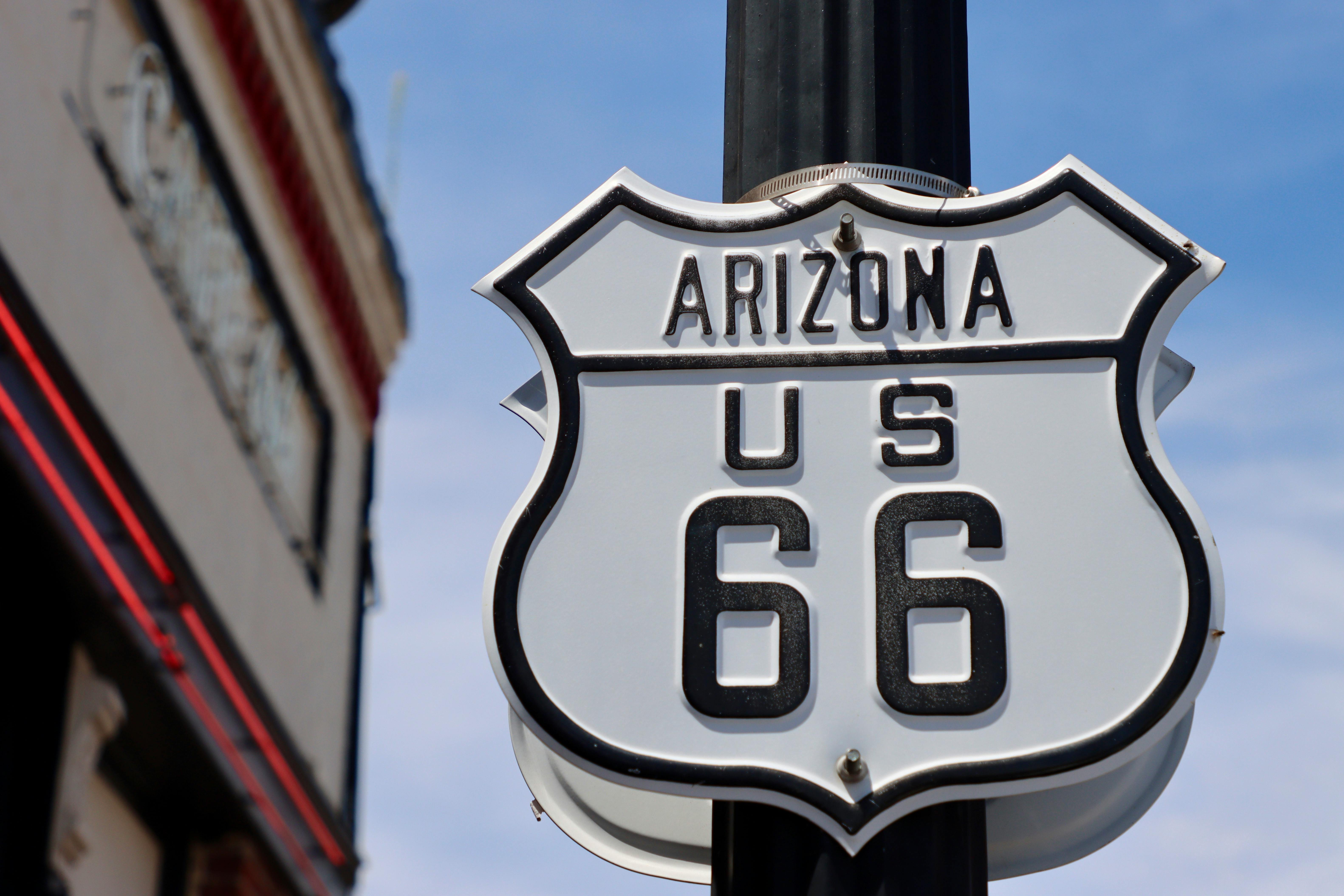
Whether you’re a local or a visitor, staying safe in Tucson involves being aware of your surroundings and taking proactive measures. Here are some essential safety tips to help you navigate the city securely:
- Stay Informed: Keep up-to-date with local news and alerts, especially regarding weather conditions and potential hazards. Tucson’s desert climate can lead to sudden changes, so being prepared is crucial.
- Be Aware of Your Surroundings: Whether you’re in a bustling downtown area or a quiet neighborhood, always be mindful of your surroundings. Avoid distractions like looking at your phone while walking.
- Travel in Groups: There’s safety in numbers. When exploring new areas, especially at night, travel with friends or family members. If you must go out alone, inform someone of your whereabouts.
- Secure Your Belongings: Keep personal items like wallets, phones, and bags secure and out of sight. Use hotel safes for valuables and avoid leaving items in plain view inside your vehicle.
- Use Well-Lit Areas: Stick to well-lit streets and pathways, particularly after dark. Tucson has many beautiful parks and attractions, but it’s best to visit them during daylight hours.
- Emergency Contacts: Save local emergency contacts in your phone, including the Tucson Police Department and medical facilities. Knowing who to call in case of an emergency can save valuable time.
- Hydrate and Protect Against the Sun: Tucson’s hot climate can be challenging. Always carry water, wear sunscreen, and use protective clothing to avoid heat-related issues.
- Respect Wildlife and Nature: Tucson is home to diverse wildlife. When hiking or exploring natural areas, maintain a safe distance from animals and be cautious of the terrain to prevent accidents.
By following these safety tips, you can enjoy all that Tucson has to offer while ensuring your well-being. Remember, being prepared and staying cautious are key to a safe and enjoyable experience in this vibrant city.
Future Outlook for Tucson Safety
The future of safety in Tucson looks promising, thanks to ongoing efforts from the community and local authorities. Several initiatives are in place to ensure the city remains a safe and welcoming environment for both residents and visitors.
Community Engagement: Tucson’s community is actively involved in safety measures. Neighborhood watch programs and community policing efforts have strengthened the relationship between residents and law enforcement, fostering a sense of mutual trust and cooperation. These initiatives are expected to continue growing, further enhancing the city’s safety rating.
Technological Advancements: The incorporation of technology in safety measures is on the rise. From advanced surveillance systems to community alert apps, these innovations are designed to prevent crime and improve response times. Tucson’s commitment to leveraging technology for safety ensures that the city stays ahead of potential threats.
Urban Development: Thoughtful urban planning plays a significant role in safety. The city is investing in better street lighting, pedestrian-friendly pathways, and safer public spaces. These improvements not only deter crime but also encourage community interaction, making public areas safer and more vibrant.
Educational Programs: Safety education is a priority in Tucson. Schools, community centers, and local organizations offer programs to educate the public on safety practices, emergency response, and crime prevention. These initiatives empower individuals with the knowledge and skills needed to contribute to a safer community.
By staying informed about these developments and continuing to participate in community efforts, everyone can play a part in maintaining and improving Tucson’s safety. Visit our website to learn more and get started today! Click here.

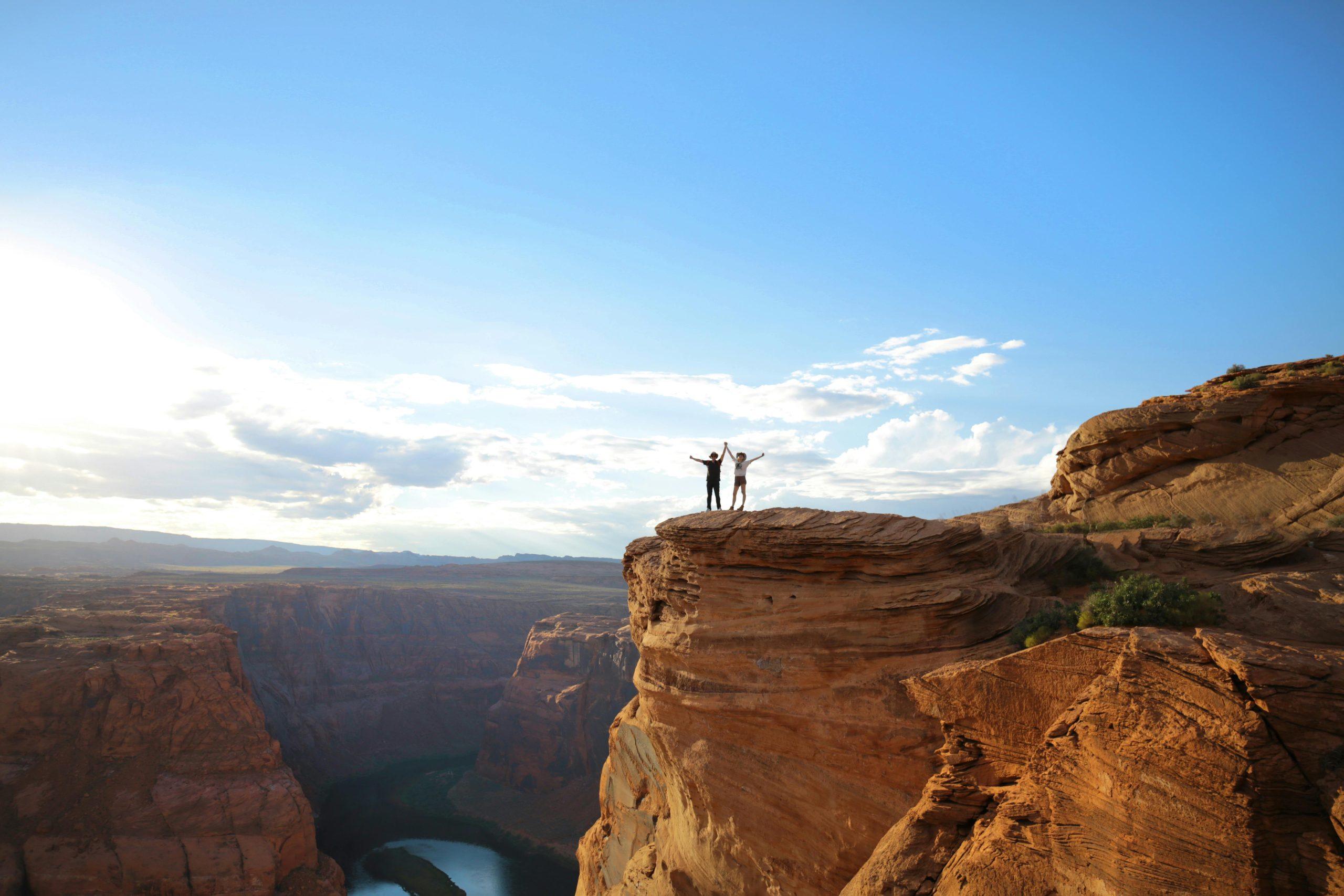
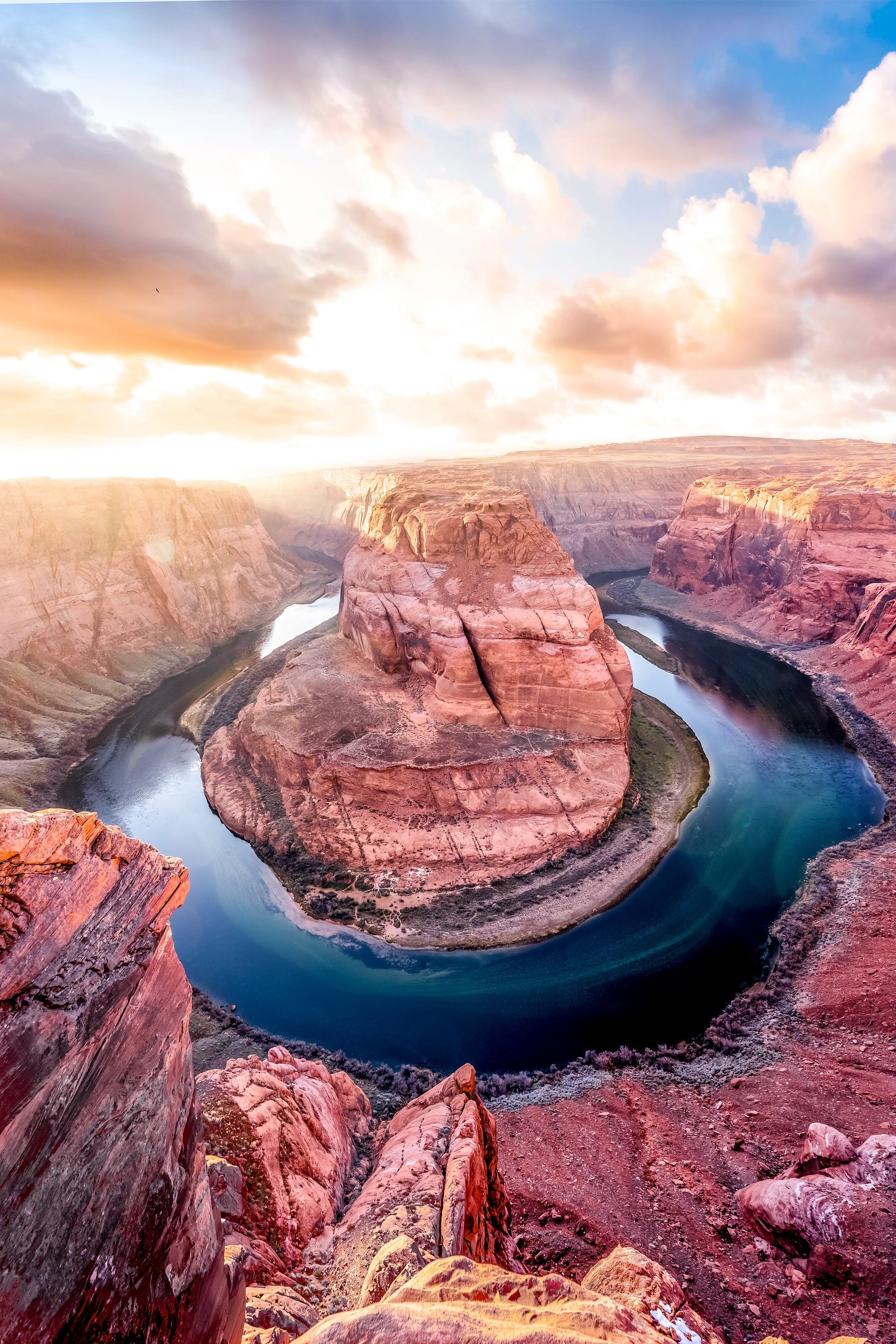
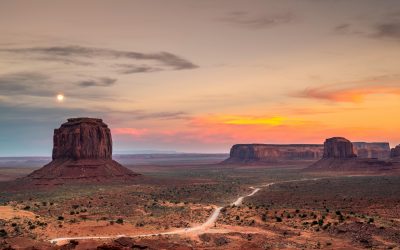
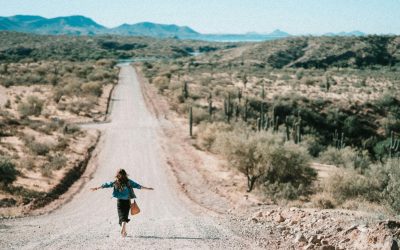
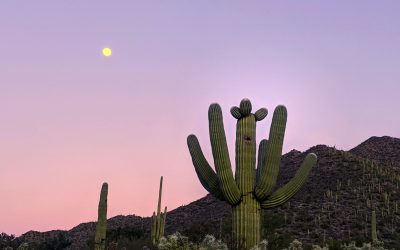
0 Comments